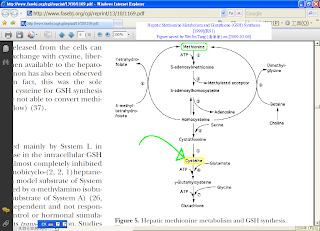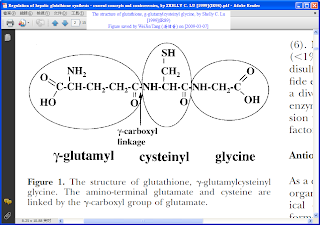The principal applications of any sufficiently new and innovative technology always have been – and will continue to be – applications created by that technology.
By Herbert Kroemer
Mentioned by Dr. Simon M. Sze in his seminar at CERN:
Evolution of nonvolatile semiconductor memory ∼ from floating gate to nanocrystal – by Simon M. Sze (National Chiao Tung University) [2005]
A real invention has to create its own applications.
by Dr. Simon M. Sze (施敏 博士)
![選擇用真實的教育和真誠的溝通來對待每一個人 [2006-06-16]](http://photos1.blogger.com/x/blogger2/5116/929638483395563/660/z/309046/gse_multipart8686.png)



+(1_of_3)-768410.png)
+(2_of_3)-769782.png)
+(3_of_3)-773892.png)
,+The+Nobel+Prize+in+physiology+or+Medicine+1929%3B+discoverer+of+glutathione+(GSH)(IR90)-775457.jpg)

-772858.png)
+-+with+source+URL-784092.jpg)








%5B2007%5D+001-757160.PNG)
%5B2007%5D+002-758036.PNG)
%5B2007%5D+003-758675.PNG)
%5B2007%5D+01-759297.PNG)
%5B2007%5D+02-760219.PNG)
-760956.PNG)

+01-750843.PNG)
+02-751665.PNG)
+03-752453.PNG)









